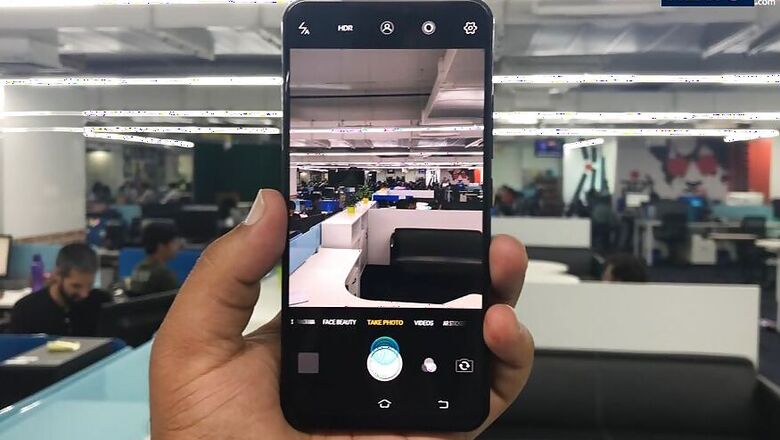
views
Smartphone camera technology has seen a vast improvement over the years. Manufacturers have been experimenting with hardware and software in an attempt to achieve performance that can topple DSLRs and alike. And while smartphone cameras have become more popular, they still sit behind traditional cameras when it comes to sheer quality.
Recently we have seen phone manufacturers bringing back the megapixels war by making use of Sony’s IMX586 sensor or the Samsung GM-1, both of which are capable of capturing 48-megapixel shots. As we have said this time again, more pixels don’t translate to better pictures, but if the customer is convinced, then why not?
Last week Qualcomm announced that its existing range of mobile processors are quite capable when it comes to high-resolution images. You see, it is not just the camera that does all the work, the processor has a major role in processing the images by making use of an Image Signal Processor (ISP). The company said that chipsets such as Snapdragon 855, 845, 710, 675 and 670 can support single cameras with up to 192-megapixel.
Qualcomm has also said that they are expecting a 64-megapixel and even 100-megapixel+ camera sensors by the end of 2019. According to Judd Heape, Qualcomm’s Senior Director of Product Management a number of manufacturers are now working with sensor makers to try and get 64 and 100-megapixel+ sensors on smartphones by the end of this year. While we don’t have any information about these manufacturers, but there is a possibility that we could see flagships by the end of 2019 featuring a 100-megapixel+ camera.
We won’t be surprised if a smartphone maker manages to pull this off. But the real question is, what exactly are you going to do with such high-resolution photos? Sure you could print out some of your memories on gigantic posters, but what good will that be if the camera cannot capture great details in low light, or capture accurate colours?




















Comments
0 comment